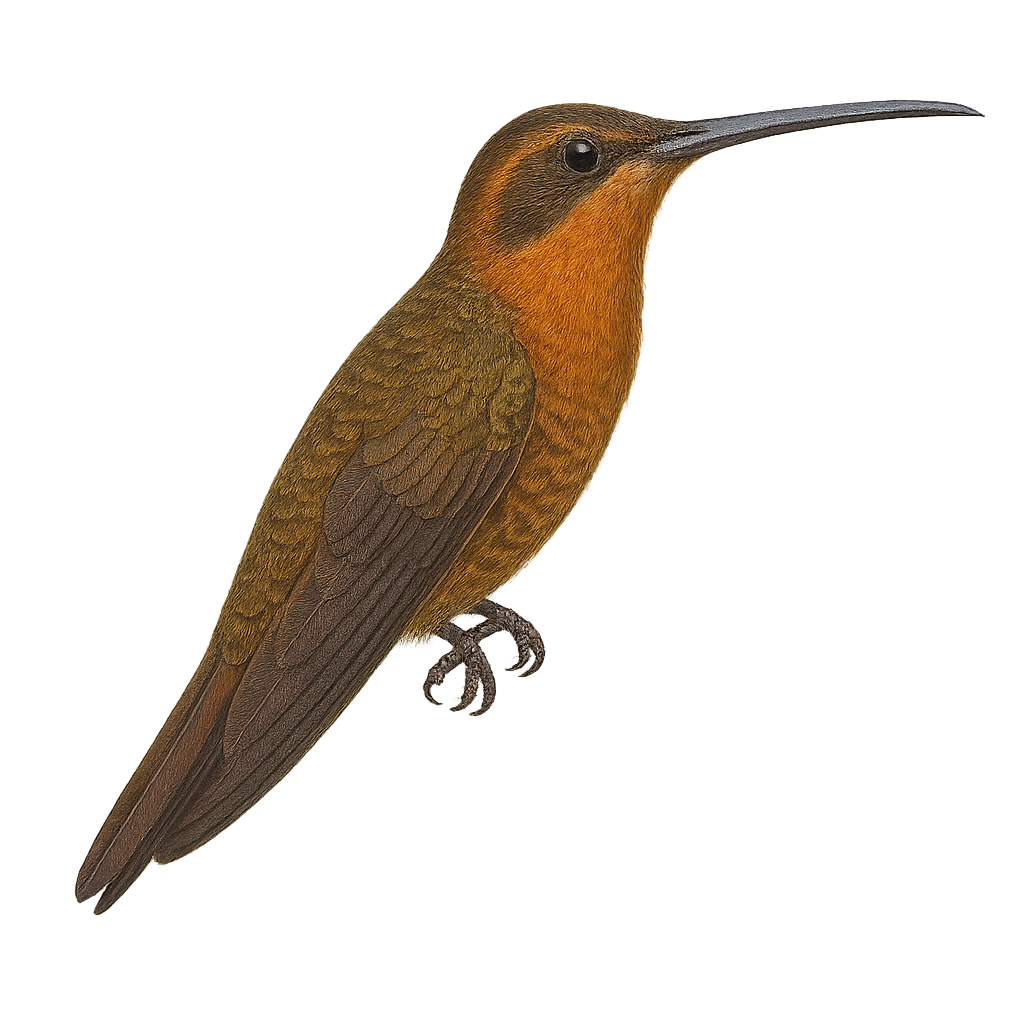Your wildlife photography guide.
Explore the spot-backed hermit in detail, study its behavior, prepare your shots.
Where to observe and photograph the spot-backed hermit in the wild
Learn where and when to spot the spot-backed hermit in the wild, how to identify the species based on distinctive features, and what natural environments it inhabits. The WildlifePhotographer app offers tailored photography tips that reflect the spot-backed hermit’s behavior, helping you capture better wildlife images. Explore the full species profile for key information including description, habitat, active periods, and approach techniques.
Spot-backed Hermit
Scientific name: Ramphodon naevius

IUCN Status: Least Concern
Family: TROCHILIDAE
Group: Birds
Sensitivity to human approach: Suspicious
Minimum approach distance: 5 m
Courtship display: August to November
Incubation: 17-20 jours
Hatchings: August to December
Habitat:
Humid tropical forests, secondary forests, gardens
Activity period :
Primarily active during the day, with peak activity in the morning and late afternoon.
Identification and description:
The Spot-backed Hermit, or Ramphodon naevius, is a fascinating hummingbird native to the humid tropical forests of southeastern Brazil. This small bird is distinguished by its brown-green plumage with white spots on its back, giving it a unique appearance. Its long, curved beak is perfectly adapted for feeding on the nectar of tubular flowers, a common trait among hummingbirds. The Spot-backed Hermit is often observed flying quickly from flower to flower, playing a crucial role in the pollination of local plants. Although primarily solitary, it can sometimes be seen in small groups during the breeding season. Its ability to adapt to different habitats, including secondary forests and gardens, makes it a resilient species despite deforestation threats.
Recommended lens:
400 mm – adjust based on distance, desired framing (portrait or habitat), and approach conditions.
Photography tips:
To photograph the Spot-backed Hermit, it is advisable to use a telephoto lens of at least 400mm to capture detailed images without disturbing the bird. Look for it in humid tropical forests or gardens where it feeds on nectar. Be patient and discreet, as this bird can be suspicious. Use a tripod to stabilize your camera, especially if working in low-light conditions. Opt for early morning or late afternoon hours to benefit from soft, natural light.
The WildlifePhotographer App is coming soon!
Be the first to explore the best nature spots, track rutting seasons, log your observations, and observe more wildlife.
Already 1 430 wildlife lovers subscribed worldwide

